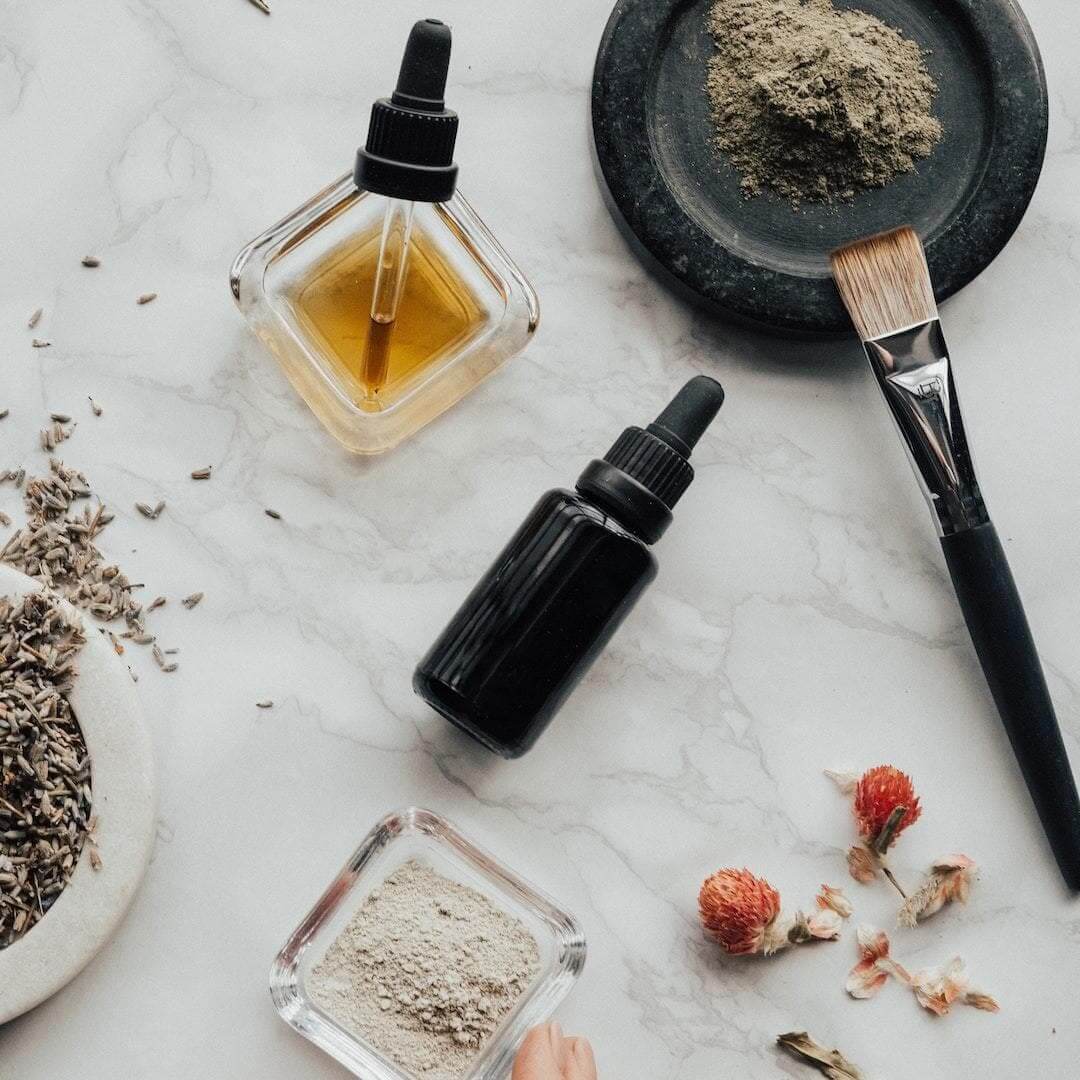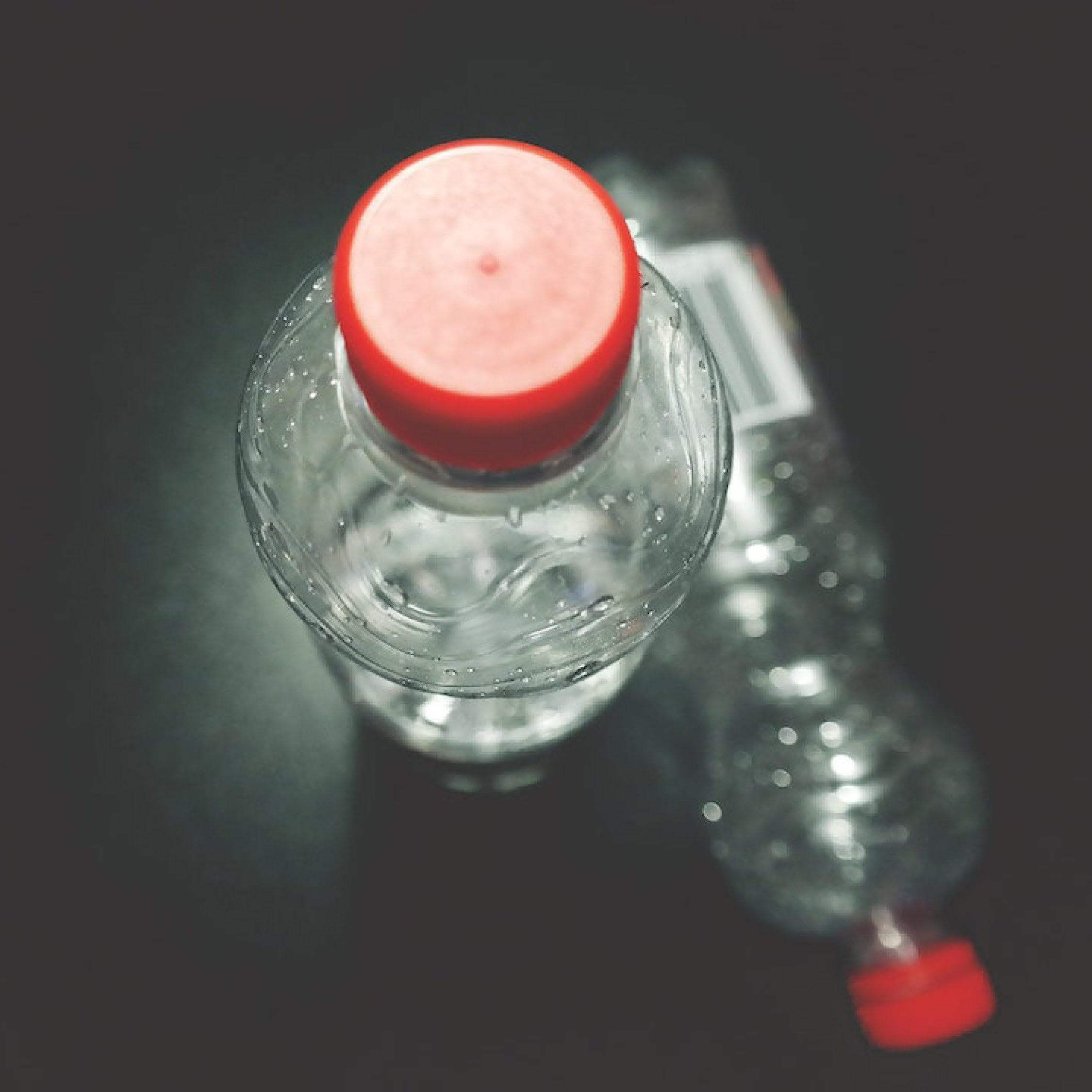Blending vs Juicing:
Separating Pulp Fact from Pulp Fiction.
Yes, we’re a juice company so you might think that we’re pretty biased in this debate, (I mean have you tried our juices tho?!) but we’re also interested in optimum nutrition and getting the best from what we put into our bodies. So today we want to have an unbiased look at the difference between blending and juicing.
WHAT IS BLENDING
A blender mixes all the fruits and vegetables together at once, not one at a time, with usually some water or milk, ice and air and what you end up with is a thick, creamy and very fibrous drink. In a high quality blender such as a Vitamix or a Nutribullet it’s possible to make a green smoothie with lots of fibrous vegetables (kale, for example), in less than a minute.
WHAT IS JUICING
By comparison, a rotary juicer (like the type you might have in your kitchen at home) works by juicing one fruit or one vegetable at a time and by breaking it up into tiny pieces in one movement. These pieces then get pushed against a metal filter to separate the juice from the pulp. The resulting juice is thinner, less aerated and less fibrous.
Cold Press juicing goes one step further and uses a two tonne hydraulic pressing machine to slowly massage the fruit and veg in order to slowly extract the juice.

(Presscription Blood Sugar Balance Cleanse, as pictured above)
PROCESSING TIMES
Inside a piece of fruit are thousands of tiny cells each containing beneficial nutrients such as minerals, vitamins and enzymes. When these go into a blender the cell walls get ruptured and these tiny cells are processed continuously for 60 + seconds.
In a juicer it takes significantly less time for the cells to pass through the cutting disk to going through the mesh filter, often less than a second. Moreover, when you COLD PRESS a fruit or vegetable, like we do at Presscription, the process is so much less violent than a rotary juicer (it’s more of a gentle squeeze or mastication of the fruit), that the cells walls stay more intact so there is less spilling of essential nutrients and consequently less oxidation of those nutrients.
EFFECT ON NUTRIENT STATUS
So what effect does the difference in processing time have on the nutrient density of the product? Well the overwhelming evidence is that juicing, and particularly cold pressed juicing, preserves the nutritional integrity much better and if you are doing a juice cleanse this is especially important as the higher the nutrient content, the greater the benefits.
WHAT ABOUT FIBRE?
Fibre is an incredibly important dietary component and generally speaking we need to make sure we are getting enough daily to aid in digestion and help feed our gut bugs. One of the most important things to remember with fibre is that it takes a while to eat; that’s to say, the amount of fibre in our food is what dictates how long it takes us to eat them. Think about how long it would take you to eat a raw carrot - that’s quite a lot of chewing! If you are putting lots of raw vegetables into your super high speed blender then heed this advice:
Do not drink any blended smoothie faster than it would have taken you to eat the raw ingredients.
This is because of the huge amount of fibre in that smoothie and the time your body needs to break it down. If you knock it back in 2 minutes you’ll likely run into digestive discomfort later on.
If, however, you feel like your body could use some time to rest and have a break from the constant energy consuming process of digestion, if you’ve overindulged for example, or eaten a lot of rich food recently, then juices or a juice cleanse are a great option as they allow you to still gain the beneficial nutrients from the fruit and veg, without the bulky fibre. This takes some of the pressure off your overworked digestion and frees up energy to be used elsewhere.
BASICALLY…
To sum it up, there are benefits to both juicing and blending but it depends on what your end goal is: If you’re wanting a nutrient dense liquid that delivers a hefty nutritional punch but with little effort needed for digestion, then juicing is the way to go.
If you’re less fussy about the potential oxidation of those nutrients and essentially you want a meal replacement that you could add powders and nut butters to, then blend away - just remember to chew it thoroughly!



